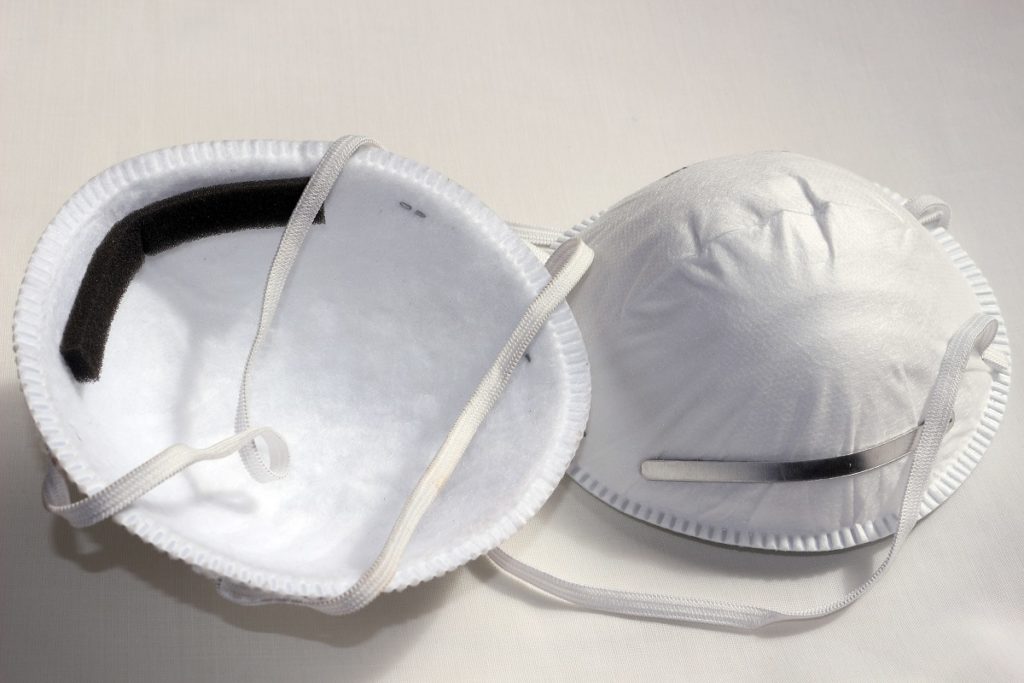Dust masks have been around for quite some time and have been used in a wide range of applications. They are classified as a piece of personal protective equipment (PPE) that allows a person to work on projects where there is a high risk of inhaling minute dust particles, other small allergens, and pathogens. While they are supposedly meant for single-use, they are often re-used as long as their protective properties have not been compromised and they are still in great shape.
Protective masks such as disposable asbestos mask are critical PPEs in industries where workers are in constant danger of inhaling particles that could cause lung damage and air-borne diseases.
As there are different types of masks or respirators currently in use, it’s important to know about their differences so you can choose the one that best suits your needs. Here are some essential facts about disposable dust masks that you should know:
- Respiratory ratings. For European countries, there are three respiratory ratings for disposable masks that correspond to their ability to trap minute particles that could cause harm to the wearer. P1 has an 80% effectiveness in trapping particles with 0.3 microns size, P2 has a 94% effectivity rating, and P3 has a 99% effectiveness. P1 masks are commonly used in construction sites for tasks like drilling and sanding while P2 masks are for spraying, painting, and welding. P3 masks are for all other tasks that expose the wearer to more harmful particles.

- Wearer comfort is a must. Disposable masks should ensure wearer’s comfort at all times, especially if the masks are to be worn for many hours. The masks should be flexible, can fit different facial profiles, and have moisture-wicking features to prevent discomfort once the wearer sweats out. The straps should likewise be made from elastic fabric to prevent strain and the mask itself must be made for both dry and wet conditions.
- Letter and number ratings: what do they mean? You might have seen masks with indicators written on them such as N95, P95, and so on. They look fancy but what do they mean? Well, let’s first discuss what the letter class ratings mean: N means the mask is not oil-resistant, R means it is oil-resistant, and P means it is oil-proof. Now, the numbers: 95 signifies the mask can filter 95% of particles with 0.3 microns in diameter, 99 means they are 99% effective in filtering same-sized particles, and 100 means they are effective in blocking off particles of the same size. It is also important for you to remember that as the mask’s rating goes higher, the harder it would be to breathe when using them. So, be sure to consider this when choosing which disposable mask to buy.
- Rules for re-using disposable masks. As mentioned earlier, disposable masks may be re-used provided certain factors are considered first. For example, the mask should only be worn by the same person or the mask is still clean and does not cause breathing difficulty. But for optimum protective effectiveness, it is highly advised that such masks be used only once, especially in an environment where the wearer is exposed to a lot of dust particles or pathogens.
Disposable dust masks are not 100% assurance that you will be protected against diseases and illnesses caused by minute particles. You should still exercise other precautions like constant handwashing and fighting the urge to constantly touch your eyes, mouth, and nose where viruses and allergens may enter your body.

